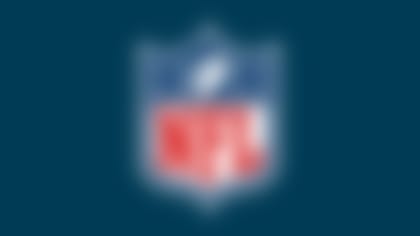With the firings of Todd Haley and Tony Sparano this week, the annual coaching frenzy officially has begun. The three dismissals (Jacksonville canned Jack Del Rio earlier in the season) nearly match the number of coaches who were let go during the season last year (4). It is my guess that we may still see a couple more firings before the end of the season (Raheem Morris, anyone?).
Why fire coaches now and does it make a difference? History tells us it does not make a difference, with regards to how your team will play out the rest of the season or how it might be used as a springboard to next season with the interim coach. Some coaches have been able to garner enough momentum to hold on to the job, but have not been able to sustain that and are usually fired within the next two years.
» In 2008, Mike Singletary took over the 49ers for the fired Mike Nolan and went 5-4. Four of the five wins were against sub-.500 teams, but Singeltary's interim tag was removed at the end of the season. Singletary went 8-8 in 2009 and was fired during the 2010 season with a 5-10 record. Defensive line coach Jim Tomsula took over for the final game, but in the offseason the 49ers hired Jim Harbaugh from Stanford. Tomsula did stay on as the defensive line coach. The 49ers are currently 10-3 and have already secured a playoff spot.
» In 2010, Josh McDaniels was fired after a 3-9 start in just his second year as the Broncos coach. Eric Studesville took over, going 1-3 to finish out the season. Studesville remained with the team as the running backs coach after John Fox was hired. Fox now has the Broncos atop the AFC West with an 8-5 record.
» The two interim coaches to hold on to the head coaching duties last season were Leslie Frazier in Minnesota and Jason Garrett in Dallas. Frazier took over for Brad Childress after a tumultuous 10 games that saw the Vikings go 3-7. Frazier went 3-3 in the final six games of the season with two of the wins coming against the 6-10 Redskins and the 4-12 Bills. The Vikings are currently 2-11, but ownership has said Frazier will return as the head coach in 2012.
Garrett inherited a 1-7 team when Wade Phillips was fired in the middle of his fourth season as head coach of the Cowboys. The team's 5-3 second half under Garrett was viewed as a major turnaround. Dallas is tied for first in the NFC East but Garrett has come under pressure with the Cowboys losing their last two games.
So far, the three teams that have fired their coaches (Jacksonville, Miami and Kansas City) have also been very strategic about the naming of their interim head coaches. All three are great coaches and are very capable leaders, but they also help the process in another way. Each of the coaches -- Romeo Crennel in K.C., Todd Bowles in Miami and Mel Tucker in Jacksonville -- is African-American. The Rooney Rule, established in 2003, requires teams to interview at least one minority candidate for head coaching and senior football operation opportunities. Should these teams want to move quickly in hiring a non-minority coach, it will expedite the process.
What letting go of a coach during the season does do for the organization is allow them to get ahead in the hiring process. Clubs are not allowed to talk with any coaches who are currently with another team. However, it does allow the teams to consider the market of former head coaches not currently in the league or investigate whatever college coaches might interest them. They can also begin to vet the coordinators throughout the league in doing their background work and contacting the different agents who represent those coaches. The biggest advantage to this is that once hired, the new head coach can get a jump on the coordinators and assistant coaches they want to hire on their staffs.
With as many jobs as are expected to be available this year, it will become a feeding frenzy in January with coaches scrambling to fill their staffs. Those teams that move the quickest will have the best shot at putting together the best staffs.
Follow Brian Billick on Twitter @coachbillick




